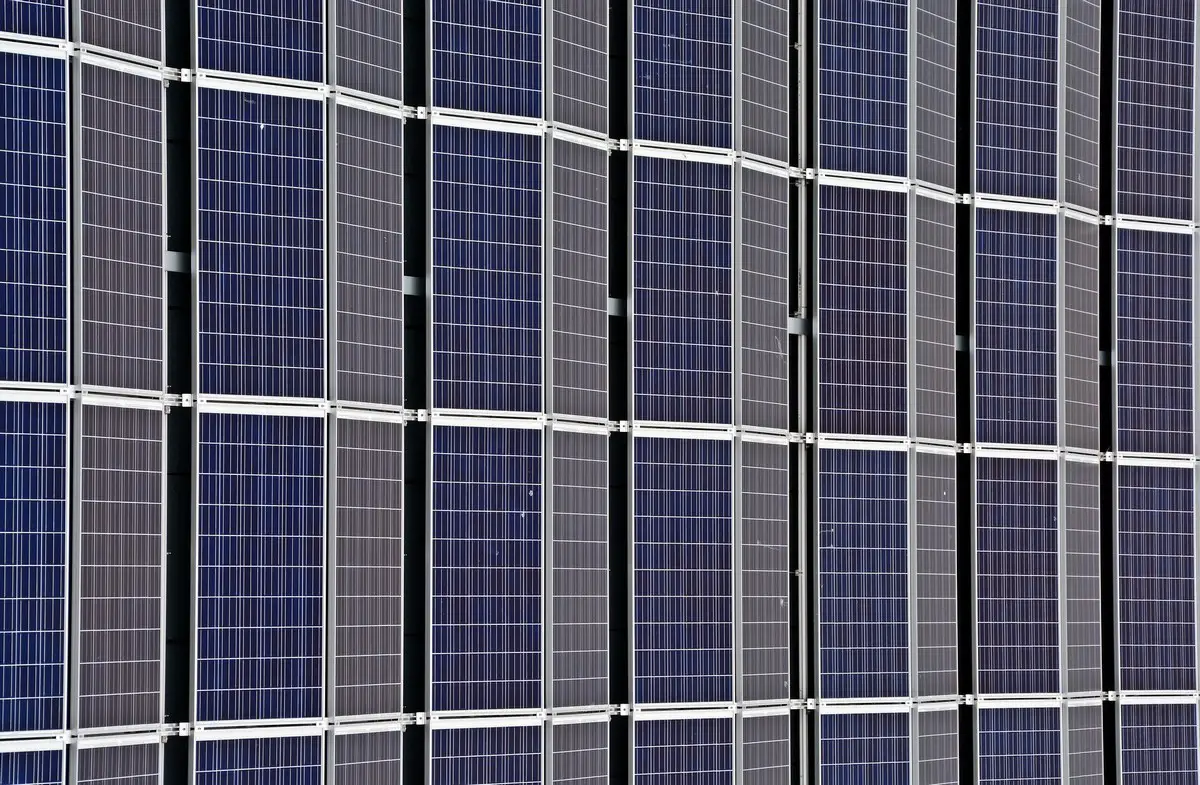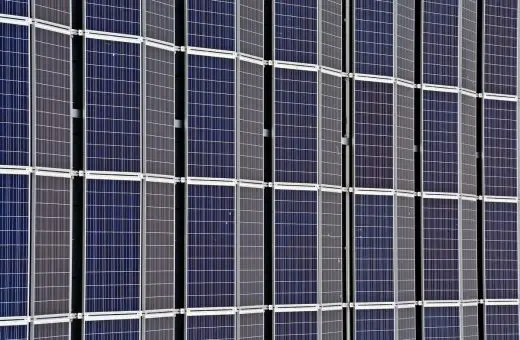BIPV – Building Integrated Photovoltaics, Property solar panels, architectural design
BIPV – Building Integrated Photovoltaics
3 January 2023
Building integrated photovoltaics (BIPVs) are materials that are used to replace conventional building materials in constructing building parts like roofs and walls. In addition to serving as structural elements, they generate electricity from sunlight. BIPVs can power many different building types. They are used in commercial buildings, industrial buildings, and residential buildings. In this article, we will look at building integrated photovoltaics in detail.
Benefits of Building Integrated Photovoltaics
There are many benefits of using building integrated photovoltaics. First, they help you save energy since they generate electricity from sunlight. This helps to offset the energy consumption of a building and reduce utility bills. You also get to lower your carbon footprint. This is because you will be generating electricity from a renewable source. It is also worth noting that BIPVs can blend with the design and appearance of a building, meaning they can enhance the aesthetics of the building.
Another notable benefit of building integrated photovoltaics is that they are highly durable. They can withstand the elements and typically last for many years, and that will help to lower maintenance costs. They also improve the overall energy efficiency of the building and can lower your utility bills. You should note that BIPVs can be integrated with technologies like solar water heaters.
Different Types of Building Integrated Photovoltaics
There are many different types of building integrated photovoltaics. One of them is the façade BIPV. These are integrated into the exterior of a building and can take the form of a window panel or curtain wall. You can use them to enhance to the appearance of a house. The other type is roof BIPV, and these are used on the roof of a building. You can install them on an existing roof or use them as a replacement for traditional building materials. Another type of BIPV is canopy building integrated photovoltaics, and these are installed as a canopy or awning over a patio or any outdoor space.
What is the Future of Building Integrated Photovoltaics?
There are several factors that are likely to drive the adoption of BIPVs in the future. First, the cost of these elements is likely to go down, and this will make them more accessible and economically viable. Governments around the world are also interested in lowering their carbon footprint, and that means they are likely to come up with policies that will encourage the use of BIPVs. Another factor that can increase the use of BIPVs is the fact that they are aesthetically pleasing. They can be integrated into the design of a building in a way that is not possible with traditional construction materials.
Conclusion
Building integrated photovoltaic systems are highly beneficial. They help to generate electricity from sunlight, meaning you will save money on utilities. BIPVs also lower your carbon footprint since you will be generating energy from a renewable source. These systems are likely to get mass adoption in the future since governments are likely to enact policies that incentivize people to install them.
Comments on this guide to BIPV – Building Integrated Photovoltaics article are welcome
Building Tours Selection
British Architectural Walking Tours
Danish Architecture Walking Tours
Dutch Architectural Walking Tours
Comments / photos for the BIPV – Building Integrated Photovoltaics advice page welcome

